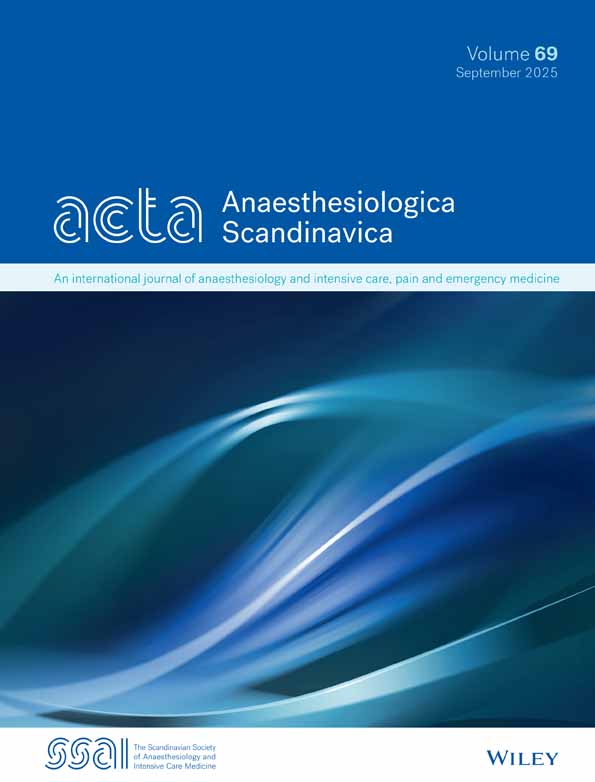Propofol and remifentanil for intubation without muscle relaxant: the effect of the order of injection
In memoriam: Michel Casetta, MD.
Abstract
Background: Common practice in intubation without muscle relaxant is to inject the opioid drug prior to the hypnotic drug. Because remifentanil reaches adequate cerebral concentration more rapidly than does propofol, we tested the hypothesis that injection of remifentanil after propofol might lead to better intubating conditions.
Methods: Thirty ASA I–II patients scheduled for elective surgery and with no anticipated difficult intubation were enrolled in the study. Five minutes after midazolam 30 µg kg−1, patients were randomized into two groups: group PR received propofol 2.5 mg kg−1 followed by remifentanil 1 µg kg−1, and group RP received remifentanil 1 µg kg−1 followed by propofol 2.5 mg kg−1. Intubating conditions were compared using a well-validated score, and continuous arterial pressure was recorded non-invasively.
Results: Compared with group RP, intubating conditions were significantly better in group PR. The mean arterial pressure decrease was more pronounced in group RP.
Conclusions: We therefore conclude that in premedicated healthy patients with no anticipated risk of difficult intubation, intubating and haemodynamic conditions are better when remifentanil is injected after propofol.




